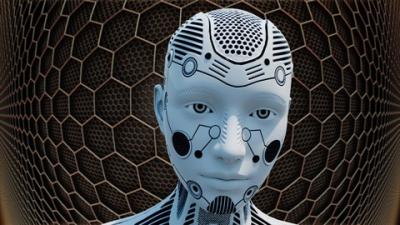Description
In this course, we will cover the fundamentals of Machine Learning, such as complex algorithms, calculations, and coding libraries, in a simple, straightforward manner. Each segment of Machine Learning would be broken down and would be easy to grasp. Throughout this course, you would understand the basics of Machine Learning, and by the end of the course, you would have gained enough knowledge to be able to call yourself an expert in Machine Learning. Step by step, you will build up new skills as well as further improving your understanding of machine learning. Those with prior programming experience would find that this course might clarify some concepts and aid in fully mastering Machine Learning.
Machine Learning – An Introduction
Machine learning is a field of artificial intelligence (AI) and computer science that focuses on using data and algorithms to mimic the way people learn, intending to steadily improve accuracy. Machine Learning is quite an exciting field. Machine Learning allows software applications to make predictions or decisions based on models and algorithms; as the software comes across more data, it is able to adapt accordingly without being programmed to do so. Initially, Machine Learning was time-consuming, tedious, and inefficient, that it was regarded as unfeasible for any practical use. However, major breakthroughs in the 90s paved the way for Machine Learning to perform efficiently and eventually made machine learning feasible and be able to be used in many software services and applications. Nowadays, Machine Learning is used in various industries and organizations, including government, retail, transportation, and health care.
Deep Learning
Machine learning is a computer’s ability to execute tasks without being explicitly programmed yet thinking and acting like machines. Their capacity to do some complicated tasks — such as collecting data from an image or video — is still far behind that of humans. Because they’ve been particularly patterned after the human brain, deep learning models bring an exceptionally complex approach to machine learning and are prepared to solve these challenges. Data is transferred between nodes (like neurons) in highly linked ways using complex, multi-layered “deep neural networks.”
Deep learning is a part of machine learning methods that are based on artificial neural networks (ANN) and representation learning. It can be either supervised, semi-supervised or unsupervised. Deep learning connects advancements in computer power with specialized neural networks to learn complex patterns from massive amounts of data. Deep learning’s influence on the industry started back in the early 2000s when CNN’s processed an approximated 10% to 20% of all checks made in the entire United States. Deep learning applications for large-scale voice recognition emerged around 2010.

